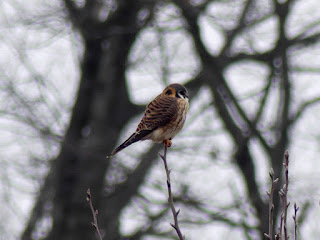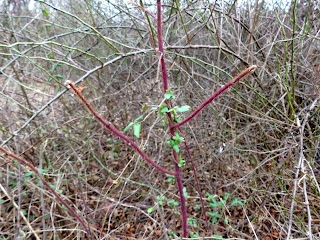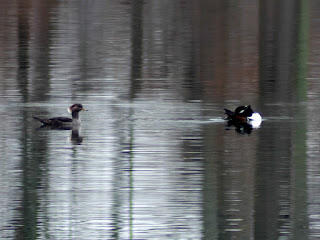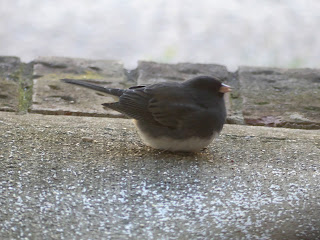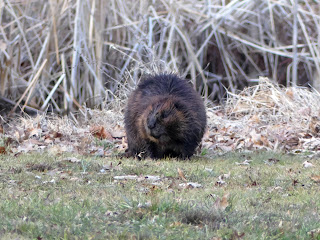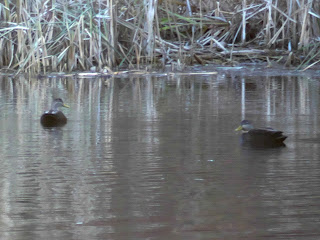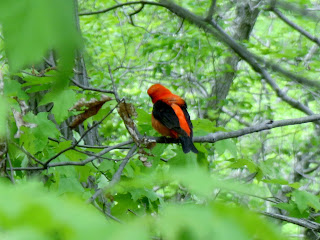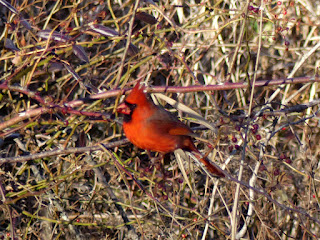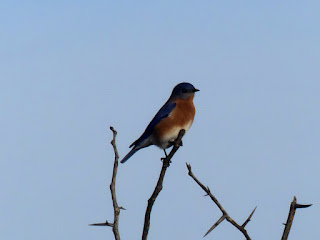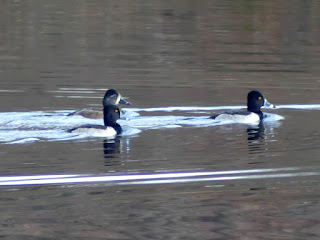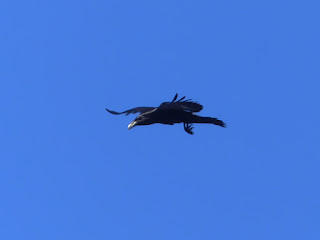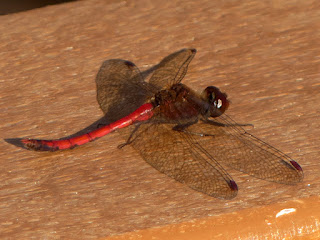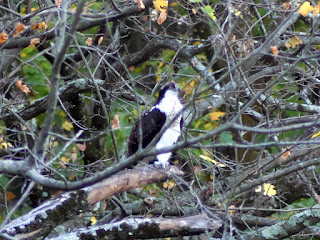Spiny Softshell Turtles

I found a trail near the intersection of South Bridge Street and Route 206 in Somerville. I think it's considered a part of the Raritan River Greenway that seemingly connects to the Peter's Brook Greenway [1]. I noticed some large turtles basking on the opposite side of the river, figured they were Northern Red-bellied Cooters , and followed a side trail to get a better look. As I approached (but still being across the river) most of the turtles scurried into the river. But a couple stayed on the riverbank, and they weren't cooters. They were a species I had only photographed once before at the Raritan Water Power Canal, Spiny Softshell Turtles . While my previous sighting gave me an impression of a smallish spotted turtle though, these turtles were large and (mostly) uniform in color [2]. Apparently young Spiny Softshells have spots, and some of the males retain those spots. This means my previous sighting was either young, male, or both. Interestingly, my Field Guide to


